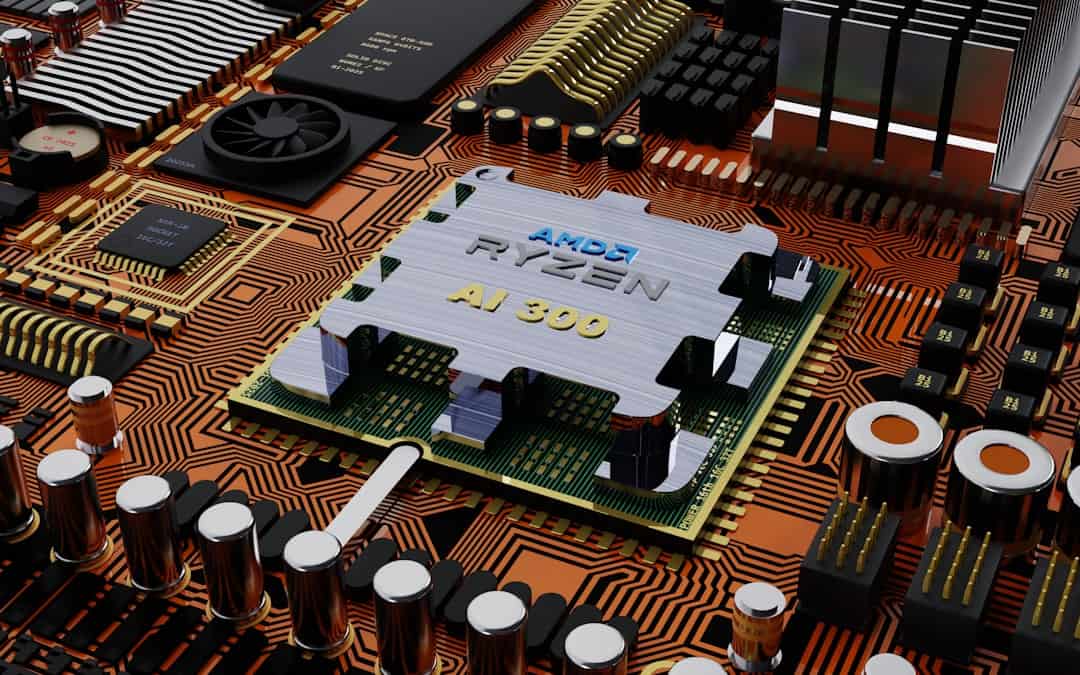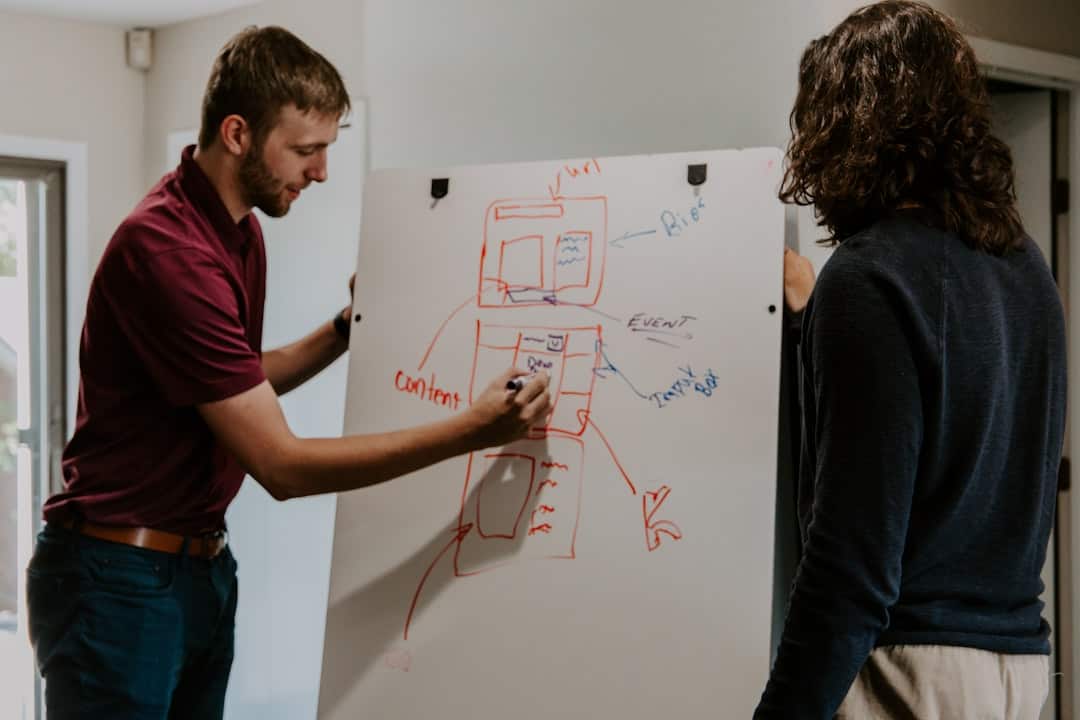Metaverse-based education represents a significant advancement in learning methodologies, utilizing virtual shared spaces to create immersive educational experiences. The metaverse combines enhanced physical reality with persistent virtual environments, allowing real-time interactions between users and digital objects. This technology enables educators to implement interactive simulations and experiments, providing students with hands-on learning opportunities that were previously difficult or impossible to achieve in traditional classroom settings.
By engaging with complex concepts in a virtual, experiential manner, students can potentially develop a deeper understanding of subject matter and retain information more effectively. The integration of metaverse technology in education offers new possibilities for personalized learning, remote collaboration, and the exploration of abstract or dangerous scenarios in a safe, controlled environment.
Key Takeaways
- Metaverse-based education is a new and innovative approach to learning that takes place in a virtual, immersive environment.
- Interactive simulations and experiments play a crucial role in metaverse-based education by providing hands-on, experiential learning opportunities for students.
- Using interactive simulations and experiments in metaverse-based education can lead to increased engagement, improved retention of information, and enhanced critical thinking skills.
- Examples of interactive simulations and experiments in metaverse-based education include virtual science labs, historical reenactments, and simulated business environments.
- Interactive simulations and experiments enhance learning in the metaverse by allowing students to actively participate in their education, apply theoretical knowledge to real-world scenarios, and collaborate with peers in a virtual setting.
The Importance of Interactive Simulations and Experiments
Enhancing Critical Thinking and Problem-Solving Skills
These tools enable students to explore and manipulate virtual environments, conduct experiments, and observe the outcomes in real-time. By doing so, students can develop critical thinking skills, problem-solving abilities, and a deeper understanding of complex concepts.
Fostering Curiosity and Creativity
Interactive simulations and experiments provide a safe and controlled environment for students to make mistakes and learn from them without any real-world consequences. This hands-on approach to learning fosters curiosity, creativity, and a sense of discovery, which are essential for cultivating a lifelong love for learning.
Preparing Students for Future Careers
Furthermore, interactive simulations and experiments enable students to apply theoretical knowledge to practical situations, bridging the gap between abstract concepts and real-world applications. This experiential learning approach not only enhances students’ understanding of the subject matter but also prepares them for future careers by developing practical skills and competencies.
Benefits of Using Interactive Simulations and Experiments in Metaverse-based Education

The integration of interactive simulations and experiments in metaverse-based education offers a wide range of benefits for both students and educators. One of the primary advantages is the ability to provide a highly immersive and interactive learning experience that captivates students’ attention and keeps them engaged. By allowing students to interact with virtual environments and conduct experiments, educators can create a dynamic learning experience that stimulates curiosity and fosters active participation.
Moreover, interactive simulations and experiments enable students to explore complex concepts in a hands-on manner, leading to a deeper understanding of the subject matter. This experiential learning approach promotes critical thinking, problem-solving, and decision-making skills, which are essential for academic success and future career readiness. Additionally, interactive simulations and experiments provide a safe and controlled environment for students to make mistakes and learn from them without any real-world consequences, fostering a growth mindset and resilience.
Furthermore, interactive simulations and experiments in the metaverse allow educators to personalize the learning experience for each student based on their individual needs and learning styles. By providing tailored experiences that cater to diverse learning preferences, educators can ensure that all students have the opportunity to succeed and thrive in their academic pursuits. This personalized approach to learning not only enhances student engagement but also promotes inclusivity and equity in education.
Examples of Interactive Simulations and Experiments in Metaverse-based Education
There are numerous examples of interactive simulations and experiments that can be integrated into metaverse-based education to enhance the learning experience for students. One example is virtual science labs, where students can conduct experiments in a simulated laboratory environment. These virtual labs allow students to explore scientific concepts, perform experiments, and observe the outcomes in real-time, providing a hands-on learning experience that mirrors the traditional laboratory setting.
Another example is virtual field trips, where students can explore historical sites, natural landmarks, or cultural institutions in a virtual environment. These immersive experiences allow students to travel to distant locations without leaving the classroom, providing an opportunity to learn about different cultures, historical events, or natural phenomena in an engaging and interactive manner. Additionally, virtual simulations can be used to teach complex concepts in subjects such as physics, chemistry, engineering, or mathematics.
For example, students can use virtual simulations to explore the principles of physics by manipulating objects, conducting experiments, and observing the effects of different variables in a controlled environment. These virtual simulations provide a dynamic and interactive way for students to engage with abstract concepts and develop a deeper understanding of the subject matter.
How Interactive Simulations and Experiments Enhance Learning in the Metaverse
Interactive simulations and experiments enhance learning in the metaverse by providing students with a highly immersive and interactive learning experience that fosters curiosity, critical thinking, and problem-solving skills. By allowing students to interact with virtual environments and conduct experiments, educators can create a dynamic learning experience that captivates students’ attention and promotes active participation. This hands-on approach to learning enables students to explore complex concepts in a practical manner, leading to a deeper understanding of the subject matter.
Furthermore, interactive simulations and experiments in the metaverse provide a safe and controlled environment for students to make mistakes and learn from them without any real-world consequences. This experiential learning approach fosters a growth mindset, resilience, and adaptability, which are essential for academic success and future career readiness. Additionally, interactive simulations and experiments allow educators to personalize the learning experience for each student based on their individual needs and learning styles, promoting inclusivity and equity in education.
Moreover, interactive simulations and experiments enable students to apply theoretical knowledge to practical situations, bridging the gap between abstract concepts and real-world applications. By immersing students in virtual environments where they can manipulate objects, conduct experiments, and observe the outcomes in real-time, educators can create a learning experience that is both engaging and effective in fostering deep learning and knowledge retention.
Challenges and Considerations for Implementing Interactive Simulations and Experiments in Metaverse-based Education

Access to Technology and Infrastructure
One of the primary challenges is the need for access to technology and infrastructure that supports immersive virtual experiences. Not all schools or educational institutions may have the resources or capabilities to provide students with access to virtual reality (VR) or augmented reality (AR) devices, which are essential for engaging with interactive simulations and experiments in the metaverse.
Alignment with Educational Standards and Curriculum
Another crucial consideration is ensuring that interactive simulations and experiments are aligned with educational standards and curriculum requirements. Educators must carefully select or develop virtual experiences that are relevant to the subject matter being taught and support specific learning objectives. Furthermore, educators must receive adequate training on how to effectively integrate interactive simulations and experiments into their teaching practices to maximize their impact on student learning.
Limitations of Virtual Experiences
Educators must also consider the potential limitations of virtual experiences, such as the lack of physical interaction or tactile feedback that students would experience in traditional hands-on activities. While virtual simulations can provide a highly immersive experience, they may not fully replicate the sensory experiences of real-world experiments or activities. Educators must be mindful of these limitations when designing virtual experiences to ensure that they effectively support student learning outcomes.
Future Outlook for Interactive Simulations and Experiments in Metaverse-based Education
The future outlook for interactive simulations and experiments in metaverse-based education is promising, as advancements in technology continue to expand the possibilities for immersive virtual experiences. As VR and AR technologies become more accessible and affordable, more schools and educational institutions will have the opportunity to integrate interactive simulations and experiments into their curricula. This increased accessibility will enable a wider range of students to benefit from hands-on experiential learning opportunities that were previously limited to traditional laboratory settings.
Furthermore, as educators gain more experience with integrating interactive simulations and experiments into metaverse-based education, best practices will emerge that guide effective implementation strategies. Educators will have access to a growing library of virtual experiences that are aligned with educational standards and curriculum requirements, making it easier to incorporate these tools into their teaching practices. Additionally, professional development opportunities will be available to support educators in developing the skills and knowledge necessary to effectively leverage interactive simulations and experiments for student learning.
Moreover, as the metaverse continues to evolve as a platform for social interaction, collaboration, and creativity, educators will have new opportunities to design collaborative virtual experiences that engage students in group activities or projects. These collaborative experiences will enable students to work together in virtual environments, fostering teamwork skills, communication abilities, and interpersonal relationships. As a result, interactive simulations and experiments will not only enhance individual learning but also promote social interaction and community building within the metaverse-based education landscape.
In conclusion, interactive simulations and experiments play a crucial role in enhancing the learning experience for students in metaverse-based education. By providing a highly immersive and interactive learning environment, these tools foster curiosity, critical thinking skills, problem-solving abilities, and a deeper understanding of complex concepts. While there are challenges and considerations for implementing interactive simulations and experiments in metaverse-based education, the future outlook is promising as advancements in technology continue to expand the possibilities for immersive virtual experiences.
As educators continue to leverage these tools effectively, they will be able to provide students with dynamic learning experiences that prepare them for success in their academic pursuits and future careers within the ever-evolving metaverse landscape.











Leave a Reply